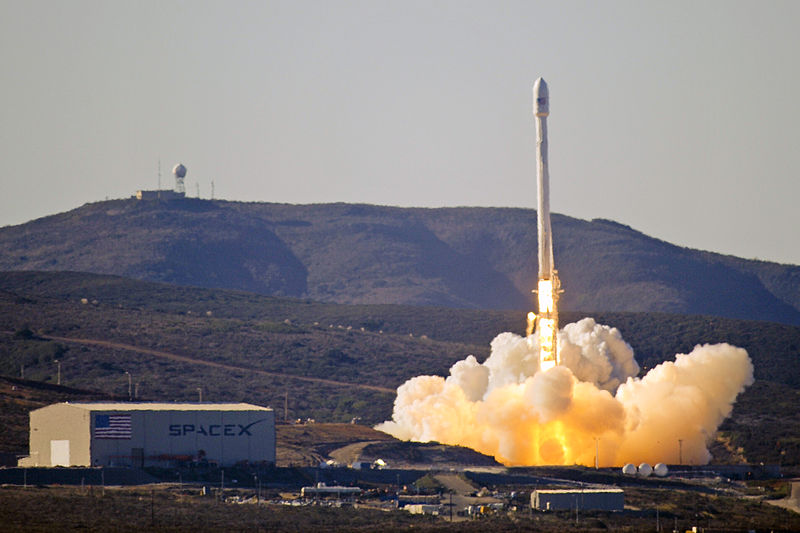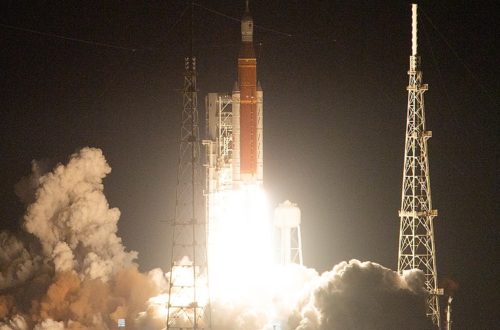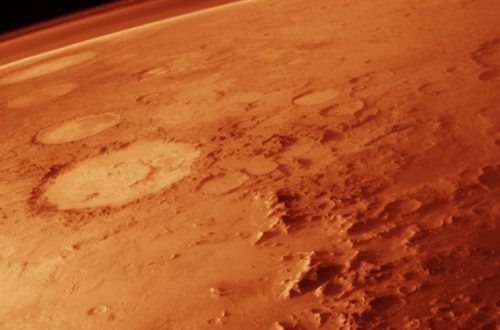Go Away, Gravity! – The Ventures of Elon Musk’s SpaceX and Richard Branson’s Virgin Galactic

There was a time when obscenely wealthy people subsidized the creation of art: the Sistine Chapel, Titian’s “painted poetries,” and far earlier in history, presumably the conception of stick-figure cave murals. Now that art has morphed into disjointed Warhol photographs and Rubik’s cube Picasso paintings, obscenely wealthy people have turned elsewhere: to the stars.
Musk vs. Branson
Elon Musk, figurehead of PayPal, Tesla Motors and SpaceX, has a net worth of $11.9 billion. Richard Branson, indomitable entrepreneur of Virgin-you-name-it, has a net worth of $4.8 billion. If they stacked their respective fortunes in $1 bills atop each other, the tower would reach six million miles, almost 25 times the distance between the earth and the moon. And that is, in a metaphorical way, exactly what the two plan to do.
Musk began wooing NASA way back in 2006, when NASA awarded the company a Commercial Orbital Transportation Services (COTS) contract, basically a toll-free pass to resupply cargo to the International Space Station and clean up space trash. NASA gave $278 million to help develop the Falcon 9 reusable rocket, which has since undergone 15 successful launches. In September 2014, SpaceX won $2.6 billion to develop its Crew Dragon space capsule that will, hopefully, soon ferry human passengers to the ISS. The Pentagon has also announced plans to certify SpaceX vessels for carrying military cargo.
While Musk was playing Romeo to NASA’s Juliet, Richard Branson was putting the charm on celebrities like Tom Cruise, Ashton Kutcher, and anyone else with $200,000. In 2009, Branson’s company Virgin Galactic unveiled a suborbital rocket plane, SpaceShipTwo, designed for short journeys above the atmosphere, where gravity went on sabbatical and passengers could float around like soap bubbles. Due to mechanical issues, the rocket plane never launched … again … again … and again. Then, on October 31, 2014, SpaceShipTwo exploded over the Mojave Desert. Virgin Galactic CEO George Whitesides commented, “It doesn’t mean the end. It means that you have to pick yourself up and learn what you need to learn and keep moving.”
Space: The Final Frontier
As of now, no commercial spaceflight enterprise has successfully carried humans into the blackness beyond. One day, humans may enjoy Valentine’s Day anti-gravity kisses and Weightless Weight Watcher field trips, but for now, the costs of solid-fuel rocket boosters will prevent anyone besides Tom Cruise from doing so. So both Musk and Branson have plans to bring space a little closer to home.
Satellite Internet is the dial-up Internet of the 21st century. It is expensive, since it relies on beaming up and down to and from geostationary satellites 22,000 miles above sea level, but this is how Hughesnet works and how global positioning functions in navigational software determine locations. While satellite internet is a good option for people living in remote or underdeveloped options it’s far from being the most popular option. The solution is low-earth orbit (LEO) satellites.
Back in 1994, when no one had heard about subprime mortgages and the Kardashians, an ambitious company named Teledesic attempted to create a LEO Internet network using $9 billion of Bill Gates’ and Alwaleed bin Talal’s money. It tanked. So did competitors Iridium and Globalstar.
Like the mythical White Knight comes to save the Damsel in Distress, can Elon Musk prevail against the might of space?
Possible Team-Up?
“If Elon wants to get into this area, the logical thing for him would be to tie up with us,” said Branson to Business Week, “and if I were a betting man, I would say the chances of us working together rather than separately would be much higher.” Branson’s Virgin Group and chip-maker Qualcomm have invested in the OneWeb startup. OneWeb plans to launch 648 microsatellites about 700 miles into the atmosphere using Virgin’s LauncherOne rocket, where the satellites will communicate using radio signals in a spectrum owned by OneWeb’s CEO, Greg Wyler.
“We want a satellite that is an order of magnitude more sophisticated than what Greg wants,” said Musk. “I think there should be two competing systems.” What Musk desires is a high-latency LEO system comprised of a whopping 4,000 satellites. One day, he hopes, that transmission system will become the critical link between earth and Mars – which, of course, Musk wants to terraform and colonize.
While everyone else is investing piecemeal in Roth IRAs and clipping coupons for farm-fresh eggs, Elon Musk and Richard Branson are fighting who gets to play Space Emperor. Hopefully the technology will trickle down. Free global Internet? Spaceflight honeymoons? Around the world in 80 minutes?
Keeping fighting, Elon and Richard. Keep fighting.
Would you like to receive similar articles by email?





